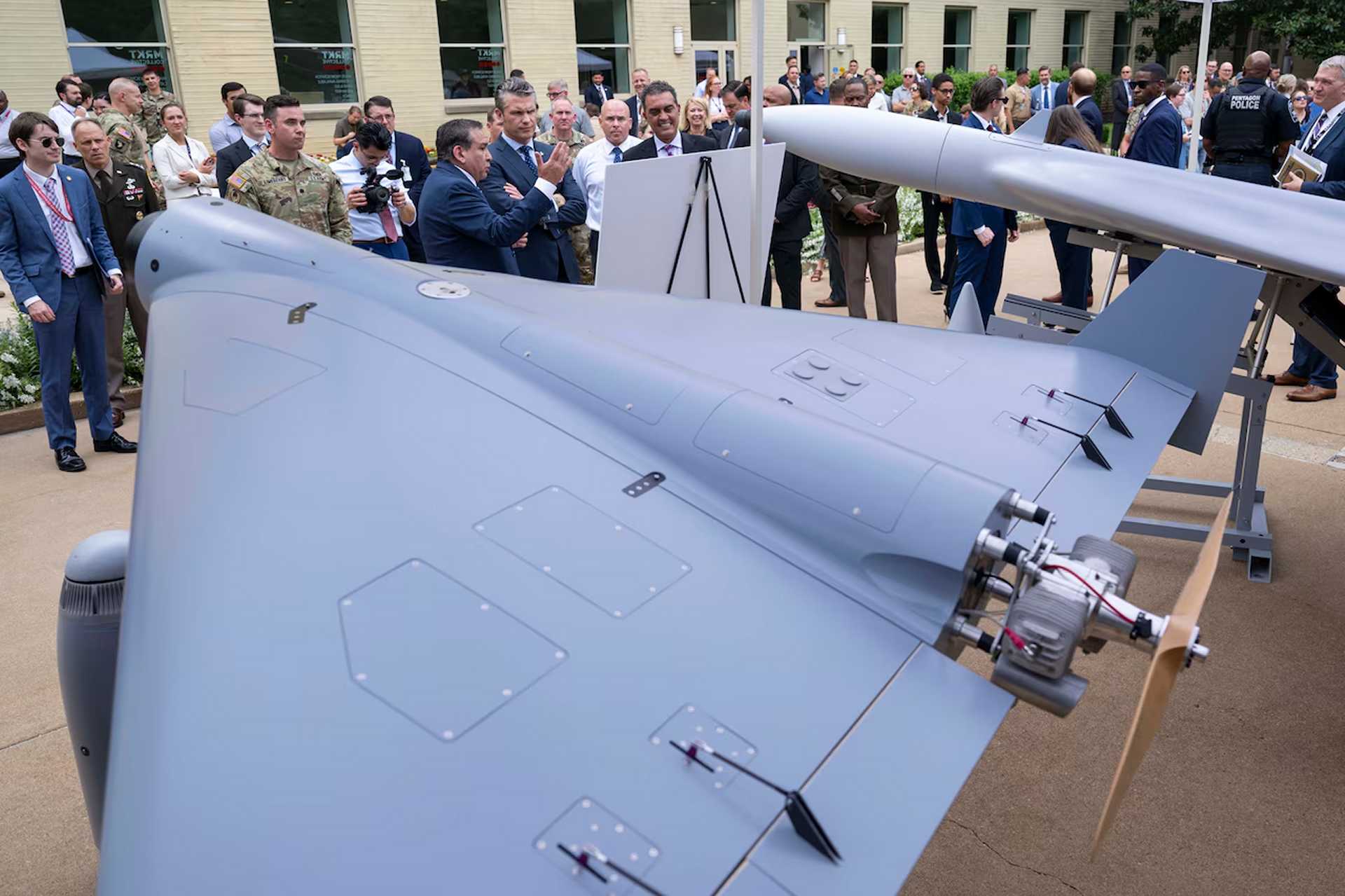LUCAS Combat Drone Revolutionizes Uncrewed Warfare in the Face of Emerging Global Threats

America’s LUCAS Combat Drone Takes Center Stage Amid Emerging Threats
A New Chapter in Uncrewed Warfare Emerges from the Pentagon
In a significant move that signals changes in modern warfare tactics, the U.S. Department of Defense has officially revealed a striking new asset—LUCAS. This innovative aerial platform, engineered by SpektreWorks in Arizona, was introduced publicly in July 2025 as part of a high-profile demonstration in Washington. The system arrives at a critical time, designed to offer both affordability and advanced combat functionality in response to the evolving drone landscape seen in recent conflicts.
LUCAS was developed specifically as a counter to platforms that have made international headlines for their battlefield effectiveness, particularly the widely used Iranian-made Shahed-136. Recognizing the strategic implications of such systems, U.S. officials sought to field an answer that could not only match but exceed the capabilities present in contemporary combat zones. The core ethos behind the project was rapid deployment, cost reduction, and the ability for mass production, moving from concept to operational readiness in a remarkable eighteen-month window—far outpacing traditional military procurement cycles.
Technological Innovations & Operational Capabilities
Underlying the LUCAS program is a focus on open architecture and modular design, making it a platform not limited by a single operational profile. The system can be adapted for high-stakes reconnaissance, serve as an attack module, and operate as a sophisticated messaging hub in environments where conventional communications infrastructure is at risk. Advanced electronics and network-centric capabilities were emphasized throughout the design, allowing it to not only collect intelligence but also relay critical data across complex, multi-domain operations.
The drone is capable of relaying information between friendly units by functioning as a node within a mesh network (specifically, the MUSIC system), a function especially vital for joint command and control in contested environments. Its payload flexibility is further supported by size, weight, and power (SWaP) compliance, accommodating both 28V and 12V systems. This approach means that LUCAS is not tied to a single mission set and can be quickly tailored for the theater’s needs—whether it is monitoring enemy positions, executing a strike, or patching secure communications for dispersed allied units.
A Response Rooted in Strategic Necessity
With recent battlefield examples underscoring the effectiveness of attritable, expendable airpower, U.S. planners recognized the necessity for large-scale, cost-effective deployment. LUCAS meets this demand head-on, offering multi-role flexibility with affordability. Unlike some prior advanced systems that required specialized infrastructure, LUCAS can be launched from simple catapults or ground-based mechanisms, minimizing battlefield footprint and maximizing operational agility.
Perhaps most notably, the new system underwent rigorous evaluation before being approved for full-scale manufacturing. Testing demonstrated its ability to perform under austere conditions typical of forward-deployed situations—reinforcing its suitability for rapid, distributed operations. The use of a robust, delta-wing airframe reminiscent of pivotal global competitors ensures aerodynamic stability and reusability, providing a blend of reliability and efficiency for sustained campaigns.
Strategic Implications of LUCAS for Future Conflicts
Beyond pure capability, LUCAS marks a transformative moment in how cost, speed of production, and networked warfare are being prioritized. The ability to blend autonomous operation with direct, human-in-the-loop tasking sets a new benchmark for unmanned military systems. Integration into existing forces is already anticipated, with the Department of Defense highlighting its networked interoperability and potential for distributed maritime and land operations.
By advancing from concept to operational status in less than two years, the development process behind LUCAS illustrates a broader pivot toward rapid, scalable solutions. As increased autonomy and resilience become essential for contested theaters, the system’s versatility and mesh networking are expected to serve as benchmarks for future platforms. With its introduction, the U.S. signals readiness to maintain technological edge in an era where adaptable, affordable, and flexible unmanned assets are increasingly linked to both tactical and strategic success.
Conclusion: LUCAS Sets a New Standard in Battlefield Innovation
The arrival of this advanced uncrewed system from SpektreWorks is a watershed moment in American defense. Prioritizing adaptability, affordability, and battlefield resilience, the new system stands ready to influence joint mission planning and reinforce secure communications in even the most hostile environments. As the global security landscape continues to evolve, these attributes are likely to define not just the character but also the tempo of future military engagements.
